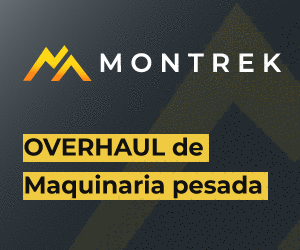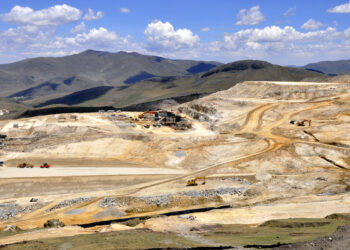Umar Ali (UA): What are the challenges with managing the health and safety of mining workers?
Georgina Hurst (GH): Often situated in rural or remote locations, mining communities are frequently made up of migrant workers, with miners often working on sites temporarily rather than relocating.
Due to these remote locations, miners are often required to work for lengthy periods away from home and even further from medical facilities. This presents mining organisations with significant challenges when trying to administer a robust health and wellbeing policy.
UA: How can centralising healthcare data help with this?
GH: Centralising employee’s healthcare information makes it much easier for occupational health, legal and human resources teams to securely access and view data, when and where they need to. This is especially important when you consider that many miners are transient and often do not keep their medical records with them.
Quicker access to a rich array of current and historical medical information and clinical images not only helps to monitor the long-term health of miners, but also ensures that regular screenings take place.
Having healthcare information stored centrally can also mitigate the need to re-screen employees in instances where radiology images have been misplaced or are unavailable. Measures, like these, go a long way towards safeguarding the long-term health of workers and prevent unnecessary exposure to radiation.
UA: How important are surveillance programmes in managing health and safety?
GH: Health surveillance programmes allow health concerns to be identified earlier and also identify areas where action needs to be taken to better control risk.
An important part of the process is the ability for employers to access workers healthcare information. By having access to a 360-degree view of their employees’ medical records, employers can proactively gauge its workforces’ fitness to work and to act on any health issues that may arise.
UA: Could you give a brief overview of the technologies BridgeHead provides?
GH: Technologies such as Independent Clinical Archives (ICA) are well placed to support health surveillance programmes and can manage all manner of medical data, ranging from employee consent forms and proof of identification through to X-rays, MRIs, CT scans, clinical notes, scanned records, and much more.
An ICA provides a central repository to consolidate, store and protect clinical and administrative data for all employees within mining organisations. This enables employers to aggregate and access all historic medical data, giving them a longitudinal view of workers’ health and wellbeing.
UA: What is the most exciting technological development you have seen in recent years?
GH: The use of cloud technology. It provides users with real-time and remote access to applications in a way that’s easy to use. This means that information can be easily shared with anybody who needs to see it, allowing for faster collaboration between users.
In terms of healthcare, cloud technology is a more cost-effective way to store vast amounts of data, such as medical records and clinical images.
The environment allows organisations to scale their storage needs up or down based on their requirements, as well as ensuring data is properly safeguarded in the event of deletion, corruption, outage or a larger disaster.
UA: If you could tell the mining industry one thing about mining safety, what would you say?
GH: The focus for mining organisations has typically been on improving workplace safety, and enhanced practices and procedures have come a long way.
However, in the last few years, we’ve started to see a growing focus on the long-term health and wellbeing of employees. In environments such as mining, the impact on workers is not always visible.
Organisations are now increasingly looking to apply robust safeguarding policies for workers that focus more on healthcare monitoring to ensure the long-term wellbeing of staff and their families, now and in the future.














